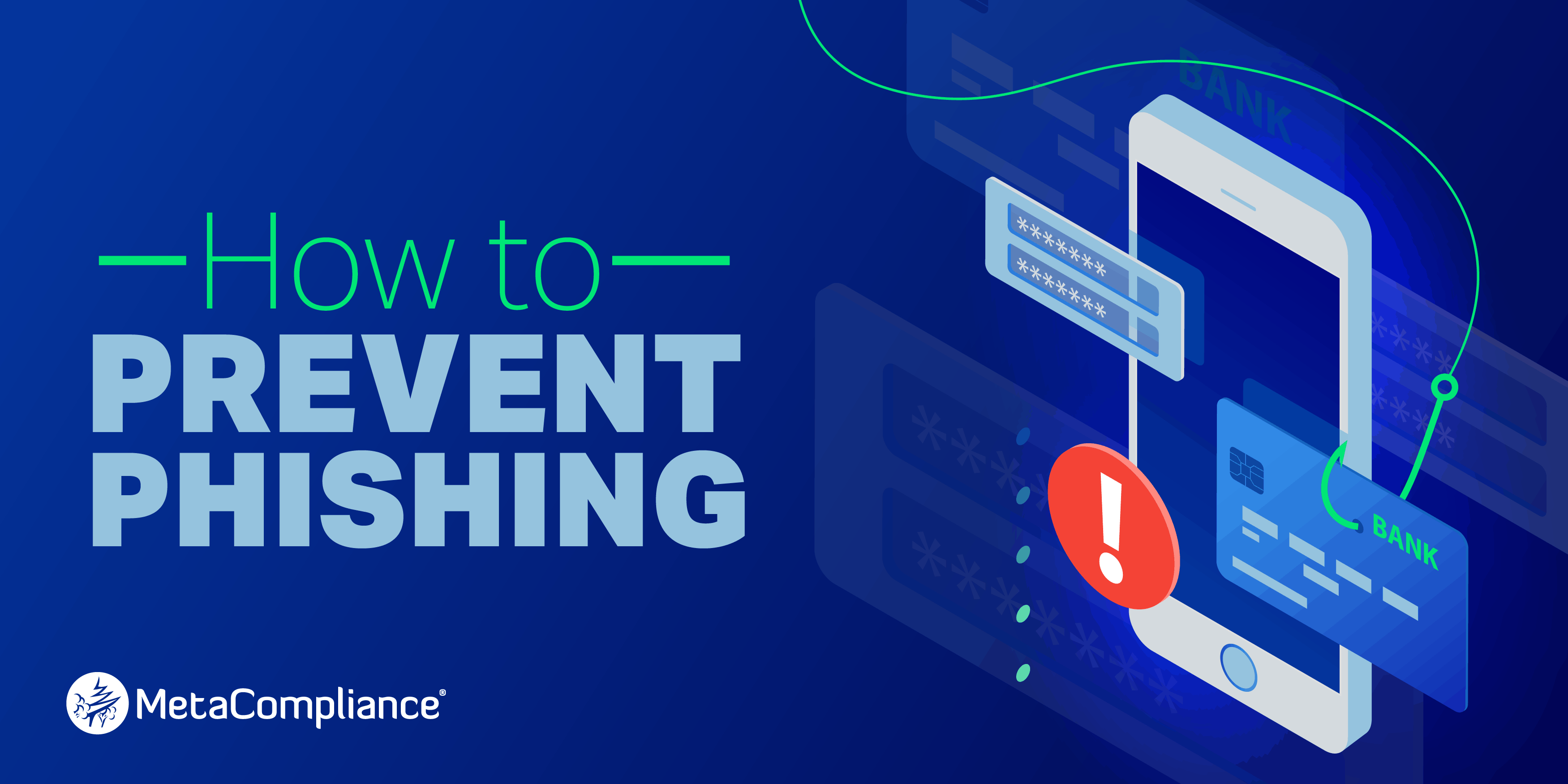Preventing phishing attacks involves a combination of technological solutions, user education, and best practices for both individuals and organizations. Here are some effective ways to prevent phishing attacks:
-
Security Awareness Training:
- Educate employees, users, and individuals about phishing techniques and how to recognize phishing attempts. Regular training programs can help raise awareness and empower people to identify and avoid phishing scams.
-
Verify Email Sources:
- Be cautious of unexpected emails, especially those requesting sensitive information or urging immediate action. Verify the legitimacy of the sender by checking the email address, looking for signs of impersonation, and contacting the organization directly through official channels if in doubt.
-
Use Email Filtering Software:
- Implement email filtering solutions that can identify and block phishing emails before they reach the inbox. These tools often use machine learning algorithms and threat intelligence to detect and filter out malicious messages.
-
Enable Two-Factor Authentication (2FA):
- Implement 2FA whenever possible. Even if credentials are compromised, an additional layer of authentication adds an extra barrier, making it more difficult for attackers to gain unauthorized access.
-
Update and Patch Systems:
- Keep software, operating systems, and security software up to date with the latest patches. Regular updates help address vulnerabilities that attackers might exploit for phishing attacks.
-
Use HTTPS:
- Ensure that websites use HTTPS (SSL/TLS) for secure communication. Look for the padlock icon in the browser's address bar to confirm the website's security.
-
Check Website URLs:
- Before entering sensitive information, verify the legitimacy of websites by checking the URL. Be wary of misspellings, additional subdomains, or variations that may indicate a phishing site.
-
Employ Web Filtering:
- Use web filtering tools that can block access to known phishing websites. These tools help prevent users from inadvertently visiting malicious sites.
-
Implement DMARC (Domain-based Message Authentication, Reporting, and Conformance):
- DMARC helps prevent email spoofing by allowing domain owners to specify policies for email authentication. It helps ensure that emails using a domain's name are legitimate and helps prevent phishing.
-
Regularly Back Up Data:
- Regularly back up important data to mitigate the impact of a successful phishing attack or other types of cyber incidents. Ensure that backups are stored securely and can be restored when needed.
-
Monitor Account Activity:
- Regularly review and monitor account activity for any suspicious or unauthorized access. Set up alerts for unusual activities and investigate any anomalies promptly.
By combining these preventive measures, individuals and organizations can significantly reduce the risk of falling victim to phishing attacks. Staying informed about the latest phishing tactics and continuously updating security measures is essential in the ever-evolving landscape of cybersecurity.
Thank you.

